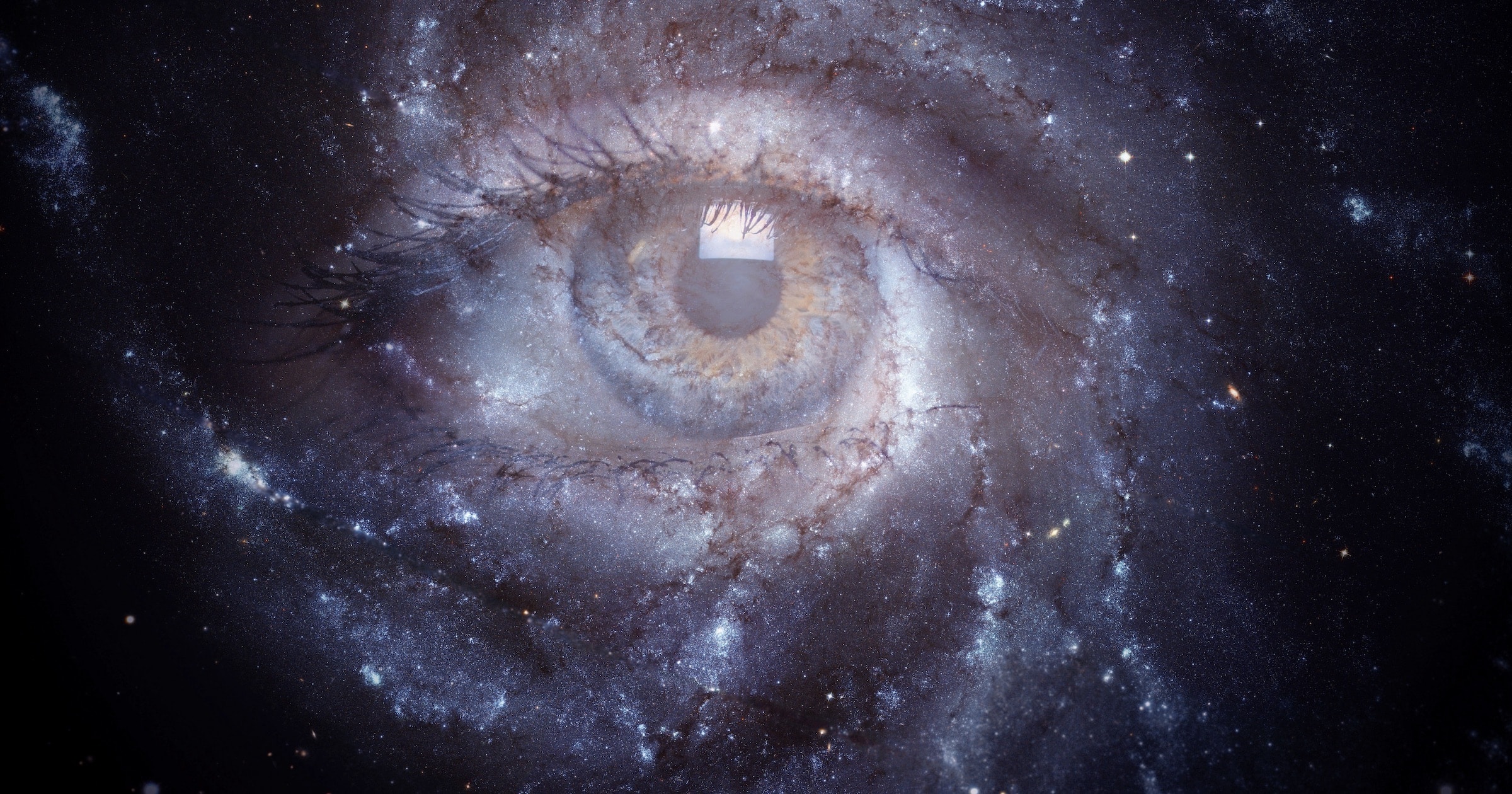 Life Sciences
Life Sciences
 Neuroscience & Mind
Neuroscience & Mind
Neuroscientist Vows: We’ll Nail Consciousness Yet!

Prominent University of Sussex neuroscientist Anil Seth shared some thoughts at Nautilus on neuroscientist Christof Koch losing the 1998 wager with philosopher David Chalmers this year. He had bet that a consciousness spot or circuit would be found in the human brain within the next 25 years. It wasn’t. Seth offers,
Back in the late 1990s, consciousness science was full of renewed promise. Koch — a natural optimist — believed that 25 years was more than enough time for scientists to uncover the neural correlates of consciousness: those patterns of brain activity that underlie each and every one of our conscious experiences.
Anil Seth, “Finding the Neural Correlates to Consciousness Is Still a Good Bet,” Nautilus, July 5, 2023
As author of Being You: A New Science of Consciousness (Dutton, 2021), he acknowledges,
Consciousness remains a tough nut to crack, and none of the current crop of theories will be the last word on this last great mystery — not even mine. Nor will pinning down the neural correlates of consciousness by itself be enough to answer the deeper question of how consciousness happens. There’ll be many more iterations of theory and experiment before we reach the stage when decisive experiments can be done — experiments of the sort exemplified by Eddington and Dyson’s measurement of how the sun bends light, which confirmed Einstein’s triumph over Newton.
Anil Seth, “Finding the Neural Correlates to Consciousness Is Still a Good Bet,” Nautilus, July 5, 2023
The “Last Great Mystery”
It’s interesting that Seth refers to “this last great mystery” in the Nautilus piece because in 2022, he shied away from the term:
“In the same way that no one in the field of science asks why the universe exists, it’s a mistake to ask why consciousness exists and to pose it as a mystery. What we need to do is to study and analyse its properties to better understand how the brain and the body work,” he says.
Sònia Hernández, Anil Seth: “Reality is a controlled hallucination,” CCCB Lab, November 22, 2022
In 2021, Seth had likewise written at New Scientist,
I believe that science is capable of explaining consciousness, but only if we stop treating it as a single big mystery requiring a humdinger solution. Instead, we must break it down into its various related properties and address each in turn. As we progressively explain why particular patterns of brain activity map to particular kinds of conscious experience, we will find that the deeper mystery of consciousness itself begins to fade away.
Anil Seth, “The hard problem of consciousness is already beginning to dissolve,” New Scientist, September 1, 2021
Maybe Koch losing the wager made it reasonable for Seth to consider consciousness a mystery again… ?
Controlled Hallucinations
Seth’s own approach is the “beast machine theory” expounded in Being You, that consciousness is merely the controlled hallucinations that our brain uses to try to keep us alive. As he told the British Festival of Neuroscience gathering in 2021,
“The real problem can be expressed very simply. How can mechanisms and processes in the brain and the body explain, predict and control properties of consciousness?”
This approach aims to “dissolve” rather than “solve” the hard problem, said Seth, by breaking the “big, scary mystery” of consciousness down into smaller problems that researchers can attempt to experimentally answer. Seth focused on two of these smaller problems in his plenary — how can we explain the content of our consciousness and how can we explain the experience of conscious self?
Ruairi J Mackenzie, “Beast Machines and Hallucination Networks: Anil Seth Discusses Consciousness at BNA 2021,” Technology Networks, April 13, 2021
A Busy Brain
That’s one busy brain, isn’t it, beavering away at creating hallucinations in a universe without purpose? Essentially, we are to keep trying materialist theories in simple, modest faith until one of them fits. And never doubt that that is the right approach.
And in the middle of it all, we keep running into findings that don’t fit the pattern, like this paper in Nature from Monash University:
However, a recent study led by the team at Monash University’s Turner Institute for Brain and Mental Health has examined more than 10,000 distinct maps of human brain activity and discovered that the overall shape of an individual’s brain has a much more substantial impact on our cognitive processes, emotions, and behavior than its intricate neuronal connectivity.
“We have long thought that specific thoughts or sensations elicit activity in specific parts of the brain, but this study reveals that structured patterns of activity are excited across nearly the entire brain, just like the way in which a musical note arises from vibrations occurring along the entire length of a violin string, and not just an isolated segment,” he [James Pang] said.
Monash University, “Century-Old Paradigm Overturned — Brain Shape Matters More Than Neural Connectivity,” SciTechDaily, July 24, 2023. The paper at Nature is open access
In short, the Monash findings, if accepted, will just add to the complexity of any final search for consciousness. Most mysteries are not nearly so maddening.
Cross-posted at Mind Matters News.
